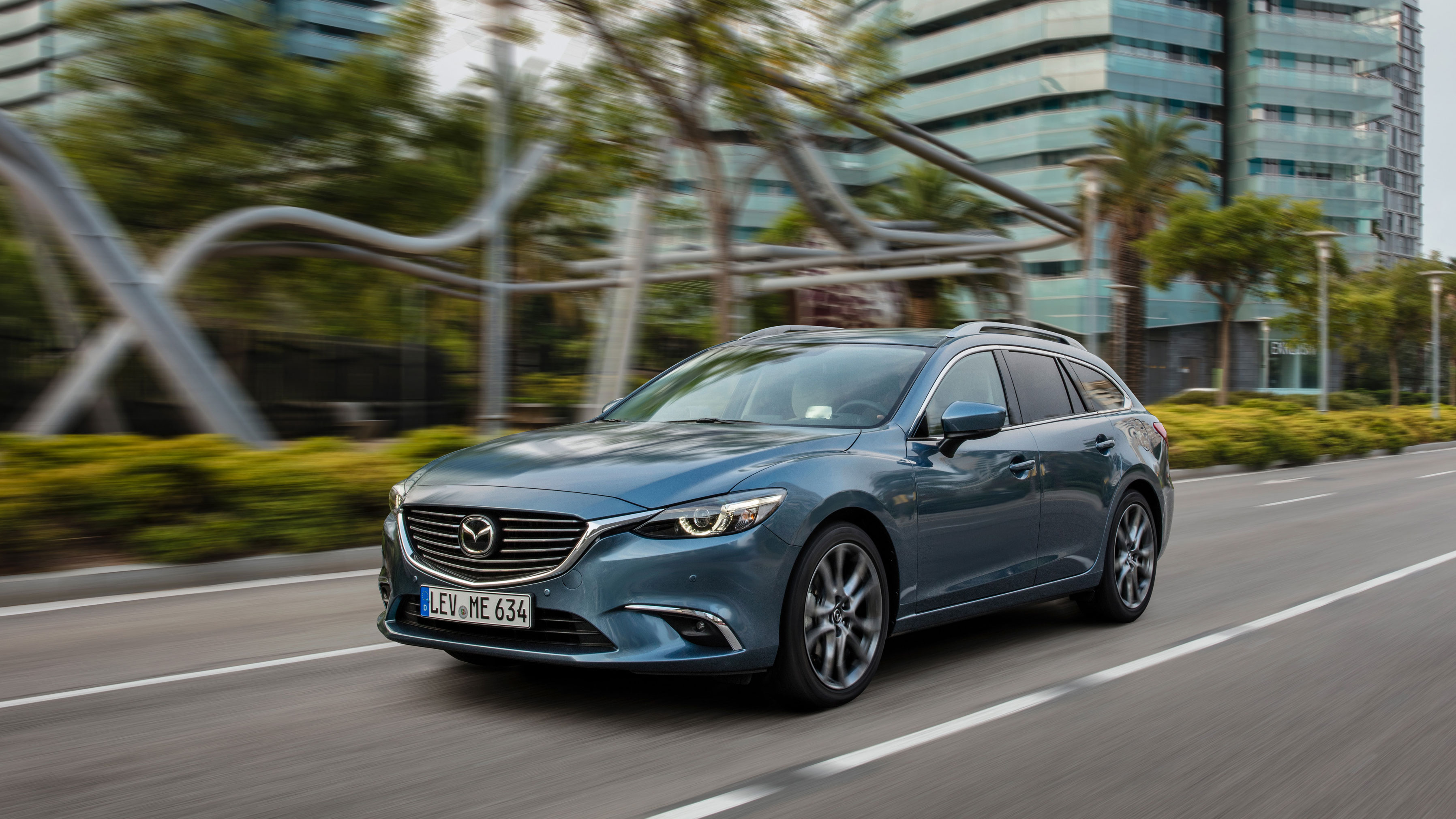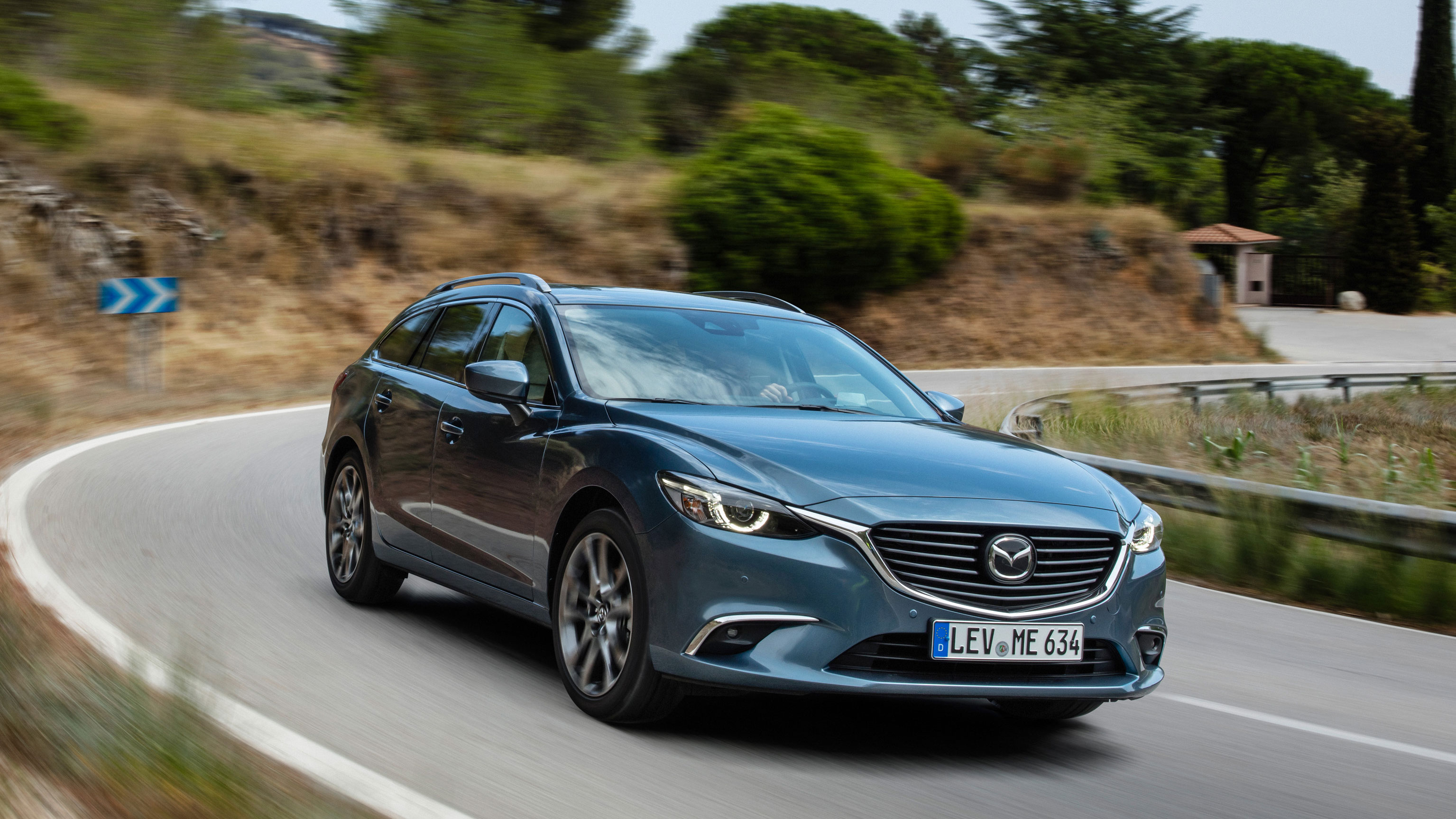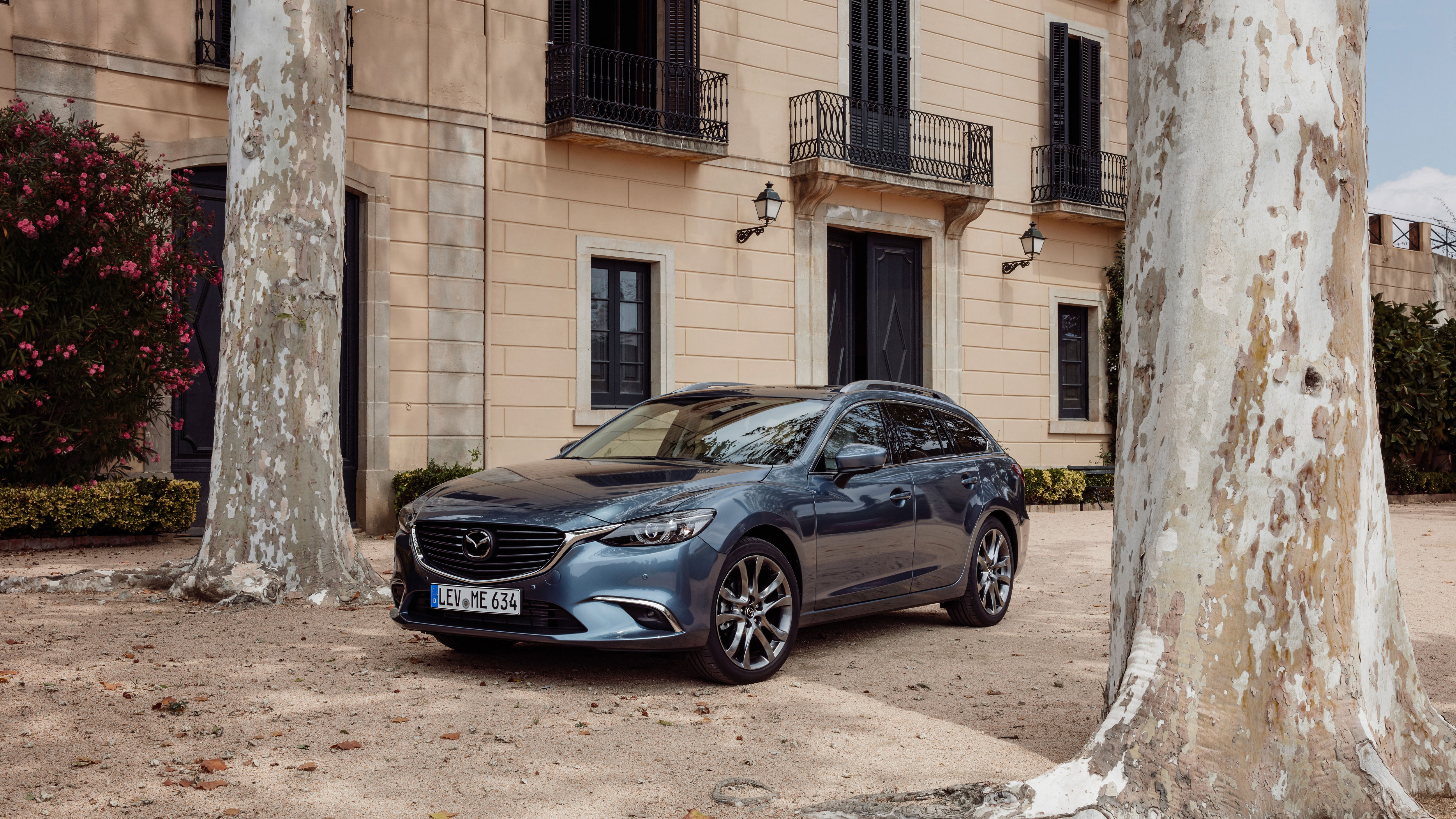
Review: the Mazda 6 with torque-vectoring
What’s this?
Further revisions for the Mazda 6, launched in 2012 and facelifted in 2015.
But put away your magnifying glasses; unless you’re an avid steering wheel aficionado – in which case, you might have spotted that the 6 has a spanking new one – then absolutely nothing visually has changed. It’s underneath the skin that goodness has been injected.
In what way?
Two ways, actually. And while Mazda is making big noises about the first update, it’s the latter (which, ironically enough, is all about suppressing big noises) that we think improves a car we’ve always liked anyway. So, let us introduce you to the G-Vectoring Control (GVC), and the Natural Sound Smoother.
Weird names. Isn’t GVC just torque-vectoring control?
It is torque-vectoring, but Mazda is claiming it’s a world-first because it uses steering input to actually marginally limit the torque the engine puts out, rather than, say, using tiny braking inputs to control the front axle.
Mazda’s theory is this: a really good driver will, when setting a car up for a corner, either lift off the throttle or lightly brush the brakes, just to get the car’s weight transferred onto the nose.
This then increases the vertical load on the front tyres and, the more vertical load you’ve got, the more grip you have, and the better the car will turn-in and resist understeer.
GVC simply mimics this and as am addition of the sharper handling in the curves, it’s also less skittish on motorways and bumpy roads, so a GVC-equipped Mazda 6 requires less waggling of the steering wheel on a long, dull journey.
Does it work?
Yes. Well, so far as we can tell. Mazda has designed GVC to be imperceptible to even the most sensitive of human nervous systems and it’s also non-switchable – GVC is always on, because the Japanese company reckons the car is hugely improved with it active.
Short of driving a new 6 back-to-back with an old one, then, we’ll just have to trust the experts. The big Mazda certainly seemed composed in the corners and relaxing on the motorway, so we have no reason to doubt the manufacturer’s claims.
What about the Natural Sound Smoother?
This is a doozy. First fitted to the Mazda 3’s SkyActiv-D 1.5 engine, now the bigger 2.2-litre diesel gets this tech. It involves the fitment of a tiny part (a damper fitted into the hollow part of the piston pin, in each of the four cylinders, for the tech geeks reading) but it makes a huge difference, stifling noise from the diesel engine at the frequencies you're most likely to hear inside the cabin.
And does this work?
Emphatically, and to the point that the Mazda’s air conditioning can completely drown out the engine, even when it's revving past 3,000rpm. Alongside the 6's pre-existing strong suits – its handsome looks, appealing interior, wealth of kit and cosseting ride – these ever-so-small changes only serve to improve this criminally overlooked machine further.
A mid-spec SE-L Nav Tourer with the 148bhp engine and a manual gearbox costs just £24,795, and (number of offspring dependant) is all the family car you'll ever need. It's that good.
Top Gear
Newsletter
Thank you for subscribing to our newsletter. Look out for your regular round-up of news, reviews and offers in your inbox.
Get all the latest news, reviews and exclusives, direct to your inbox.
Featured

Trending this week
- Car Review
BMW 1 Series






